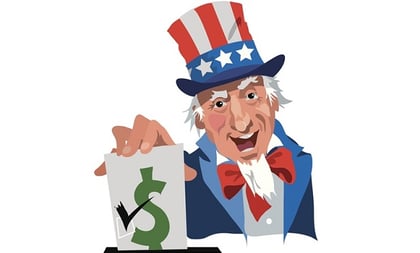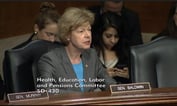The U.S. federal government now spends about $705 billion on health coverage subsidies and tax breaks per year for the 273 million people who are under 65, according to the Congressional Budget Office.
That means the average U.S. resident under age 65 is getting $2,582 in federal health coverage subsidies per year.
The government could also get about $21 billion in health coverage program penalty payments this year. That could reduce average net spending on the subsidies to about $2,509 per U.S. resident under 65.
The CBO included the subsidy and population totals in a new report on federal subsidies for health coverage for people 65.
The CBO is a congressional research office that helps members of Congress understand how programs affect federal finances, and how proposed legislation might affect federal finances. CBO analysts prepared the new report to show policymakers how CBO analysts think about existing federal health coverage subsidy programs when the analysts are looking at how proposed legislation might affect the subsidy programs.
(Related: Conning: ACA Subsidies Look Inefficient)
A copy of the report is available here.
Who Gets What
When the CBO analysts computed the 2018 subsidy totals, they included programs such as the Affordable Care Act premium tax credit program, which could provide about $49 billion in support this year; $4 billion for the ACA Basic Health Program, which provides funding that states can use to set up the equivalent of a managed Medicaid buy-in program for the “near poor”; and the $82 billion for help for people under 65 who qualify for Medicare.
The analysts included the ACA cost-sharing reduction program, which is a program with funding that has been blocked by Republicans in Congress, but set the value for the cost-sharing reduction subsidy program at 0 for 2018.
The analysts counted the value of tax breaks for employment-related coverage as “tax expenditures.”
The tax exclusion for group health benefits will reduce federal government revenue by $266 billion this year, the CBO predicts.
The government may also spend about $1 billion on group health tax credits for small employers, and $5 billion on the income tax deduction for self-employment health insurance.









 May 24, 2018 at 11:13 AM
May 24, 2018 at 11:13 AM











